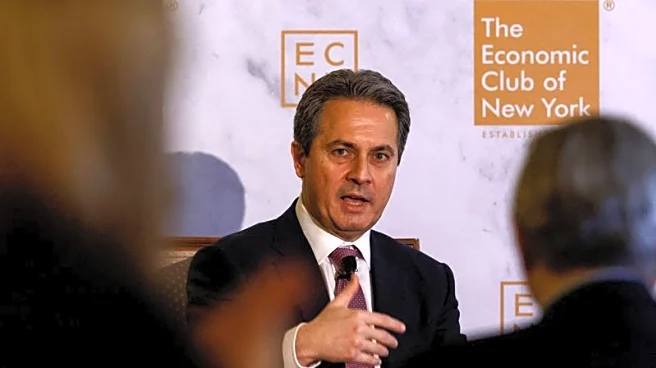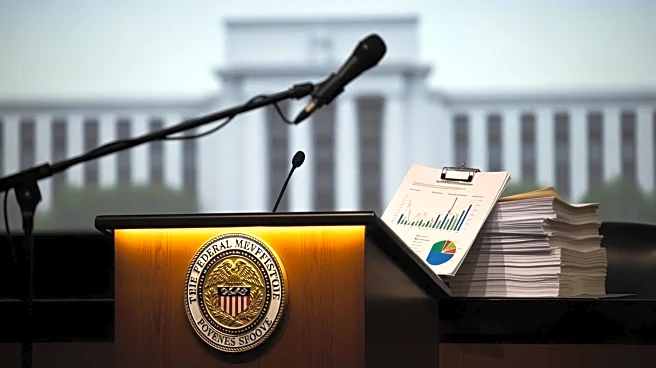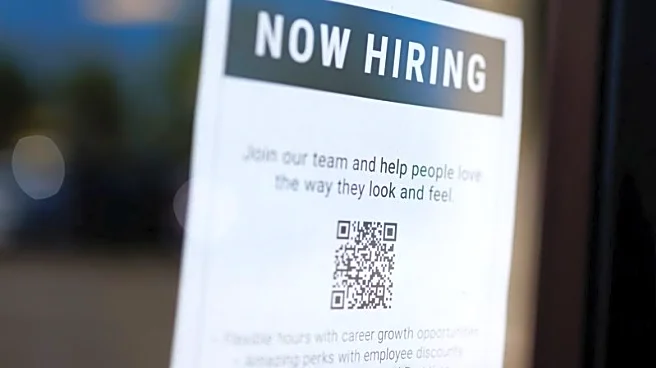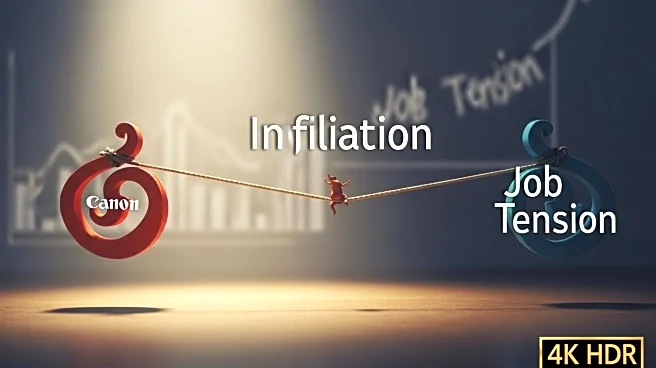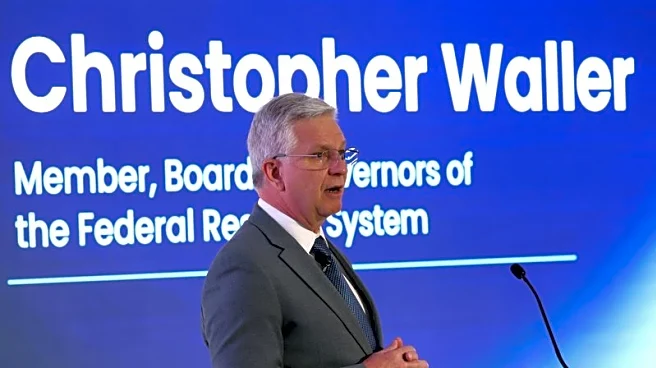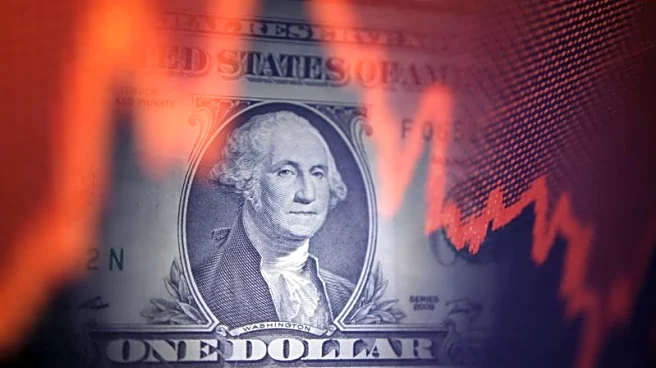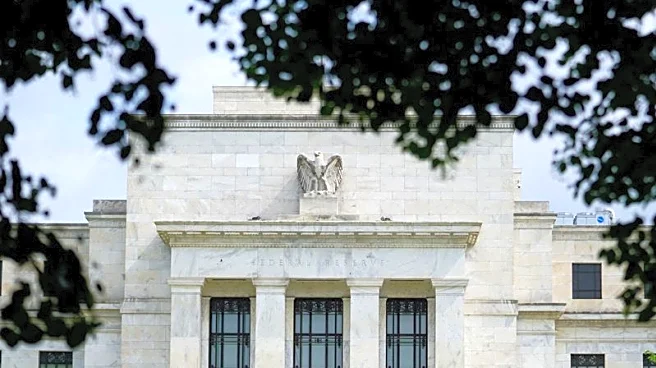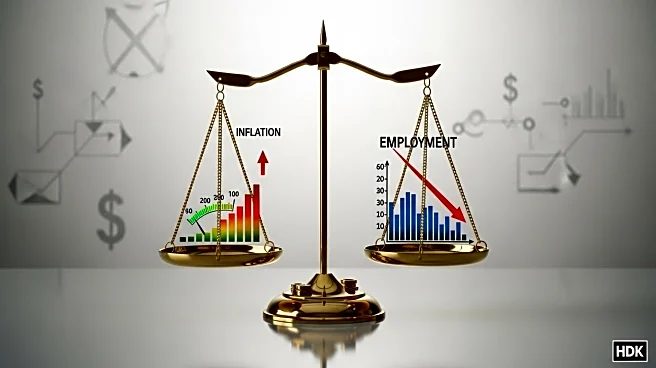By Michael S. Derby
(Reuters) -Federal Reserve Bank of St. Louis President Alberto Musalem suggested Friday he will support a central bank interest rate cut at the end of the month, while warning it's important for the Fed not to go too far with easing the cost of credit amid still unsettled inflation risks.
Responding to a question about lowering rates at the next Fed meeting, the official said “I could support a path with an additional reduction in the policy rate if there are further risks to the labor
market that emerge, and provided that inflation, the risk to persistence of inflation above target is contained, and provided inflation expectations are expected to remain anchored.” He spoke at the Institute of International Finance Annual Membership Meeting.
Musalem was addressing the outlook for monetary policy at the central bank’s next Federal Open Market Committee meeting scheduled for Oct. 28-29, where officials are broadly expected to follow September’s rate cut with another quarter percentage point easing in what is now a 4% to 4.25% federal funds target rate range. The Fed is cutting rates to buoy a listing job market, while keeping rates high enough to help lower high levels of inflation back to 2%.
The Fed is also expected to cut rates again at the end of the year, but Musalem, who holds a vote on the FOMC this year, indicated it is too soon to say what will happen then. He noted Fed officials should “tread with caution,” because “I perceive limited space for easing before monetary policy could become overly accommodative, and we haven't finished the job on inflation.”
It is important “that we continue to lean against any potential persistence in inflation, whether that persistence comes from tariffs, from lower supply of labor, or lower labor supply growth, from sticky services, or for whatever other reason.”
TARIFF RISKS
Musalem is the last Fed official scheduled to speak before policymakers go into their customary quiet period ahead of a policy meeting.
Comments by officials over recent weeks have pointed to a solid probability the Fed will lower short-term borrowing costs, even as officials have been deprived of top-level data tied due to the government shutdown.
Fed Governor Christopher Waller, who is on the short list of possible successors to Fed Chair Jerome Powell, whose term ends next year, said in a speech Thursday that “based on all of the data we have on the labor market, I believe that the FOMC should reduce the policy rate another 25 basis points" at month’s end.
Some Fed officials have been more gun-shy about rate cuts given the ongoing risk that President Donald Trump’s large and mercurial trade tariff regime will drive up inflation.
Musalem said tariffs are driving up price pressures now and that will accelerate before the process wanes.
“My own expectation is that tariffs will work through the economy for the next two to three quarters, and by the second half of 2026 that will have finished, and inflation will then return to a convergence path towards 2%,” he said.
Musalem also warned that job markets may face more stress.
“So I look at the labor market very broadly, at all the indicators that I can” and “the story I'm telling myself right now is broadly the labor market is around full employment,” he said. But changes in things like immigration mean the number of jobs that must be created each month to keep the unemployment rate stable has likely fallen, to between 30,000 to 80,000 per month.
“We could see negative payroll prints just because of the shuffle of the data,” Musalem said, but “that doesn't necessarily mean to me that the unemployment rate needs to shoot up.”
(Reporting by Michael S. DerbyEditing by Nick Zieminski)
